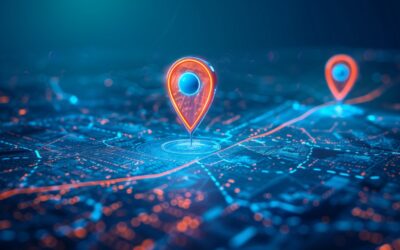Interoperability (noun): the ability of computer systems or software to exchange and make use of information.
It has long been said that people must work together – as a team – in order to be successful. That involves collaboration and, more importantly, communication. The technology stack is no different. In order to function in a secure and efficient manner, all the different components must communicate openly and work together with each other to provide the business benefits that organizations need to compete. However, as with so many things in technology, this is easier said than done. This proves especially true in multicloud environments.
Keep it open
It’s important to orchestrate all of your cloud environments through a single interface with the use of open-standards tools. Open-source tools ease integration and provide more intuitive, self-service access, which greatly reduces the administrative burden on the IT department. This approach enables greater optimization of pricing and allows organizations to take advantage of each cloud’s unique capabilities without increasing the complexity of the environment and putting more strain on administrators.
Enabling integration across multiple cloud environments is an effort that IT departments must meticulously plan out ahead of time because connecting data and applications across different clouds is incredibly complex. Services and connections must be governed centrally with a capable orchestration console like IBM Ansible, or admins will find themselves arguing with an entire field of complicated point integrations.
The first question should always be “how do I secure it?”
Once you’ve assembled stack components that play well with one another, understanding how to secure them is the next step. This step is mission critical, so interoperability is paramount. After all, you cannot secure something if you cannot openly interact with it. Multicloud environments require an interoperable security tool that can map out the entire IT footprint, including devices, datastores, and applications. IT staff must be able to identify how these assets are operating and differentiate between operations that are allowed and those that are the work of malware or other anomalous activities.
Research performed by IBM has shown that a threat can infiltrate a network and hide out and pilfer data for as many as 197 days before being detected if proper security measures aren’t taken. Malware can get away with this because IT’s security information and event management (SIEM) solutions often lack visibility into devices. An inability to detect malware can be quite costly, as organizations can be fined for not disclosing breaches in a timely manner.
What does IBM offer?
Interoperability is at the heart of IBM solutions. Hardware and operating systems like IBM Power and IBM i, security tools like Qradar, and orchestration solutions like Ansible were all designed to ensure they can be easily integrated to communicate with your choice of solutions to help your business reach its goal. Be sure to ask what your provider has under the hood and what tools will be at work in your stack. If you need more help via managed services, ask the same question. Understanding and communication must be at the core of all relationships, both between organizations and the components of their stack.
To learn more about the importance of interoperability and how open tools help create it, please see our blog about managing and securing devices.





